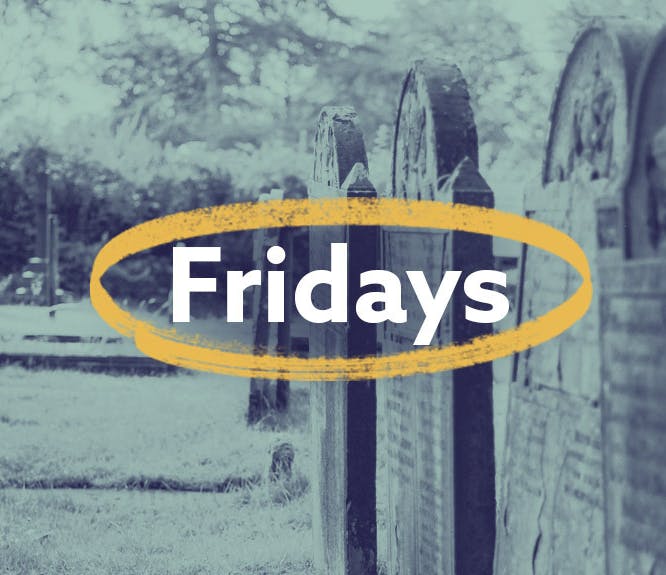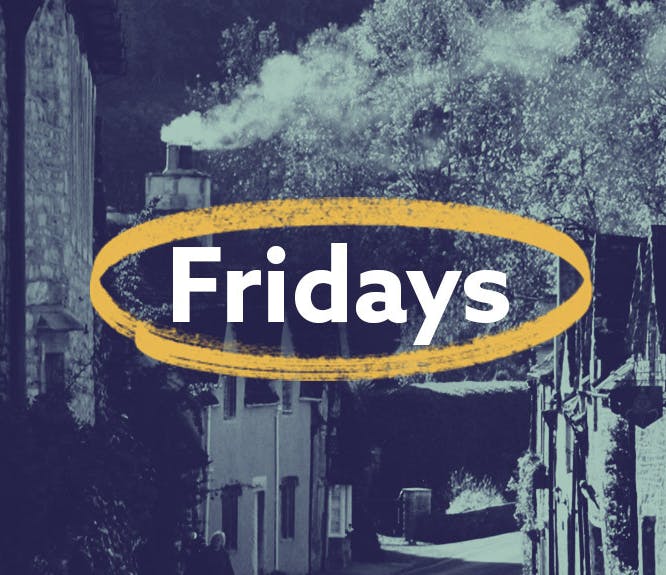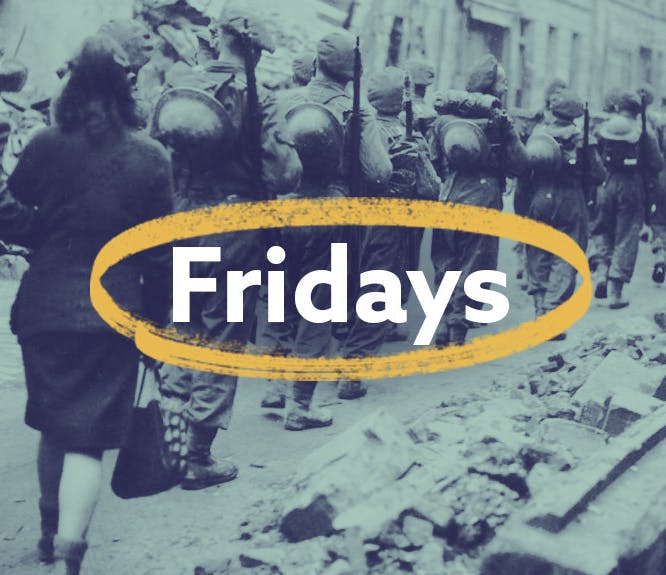Discover new additions to the 1939 Register amongst 200,000 new records
3-4 minute read
By Jessie Ohara | April 1, 2022
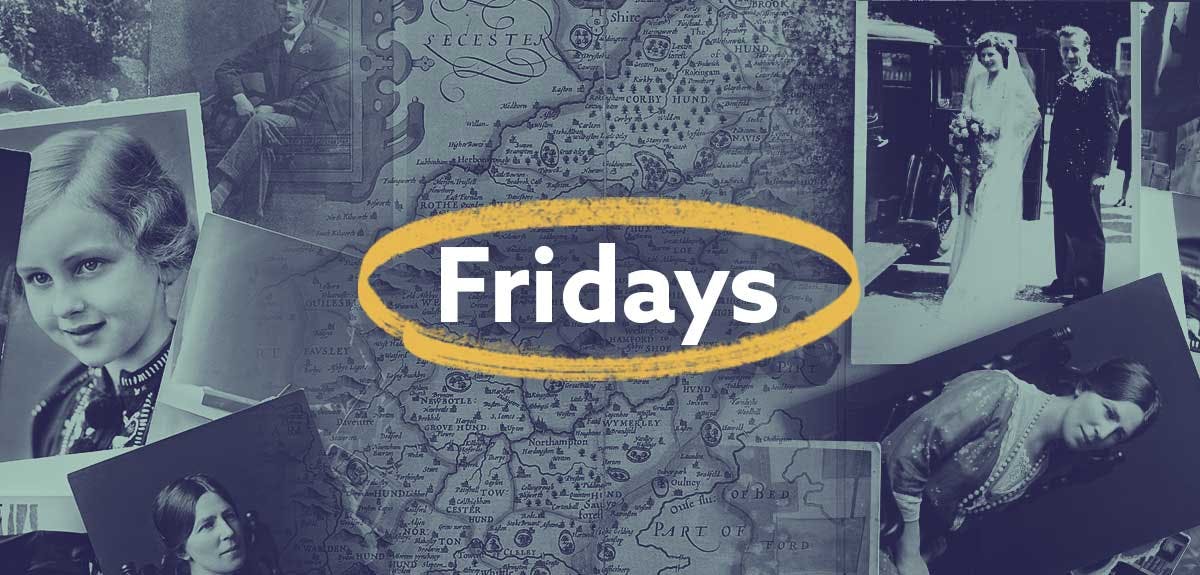
This week's release sees records stretching across the entirety of England.
How far does your family tree reach? With over 400 years of history documented in this week's release, you may be able to trace ancestors back as far as 1538. Here's a rundown of everything that's new this week.
1939 Register
It is widely regarded that the 1939 Register is one of the most expansive resources for more recent family history research. Where were your ancestors on the eve of World War 2?
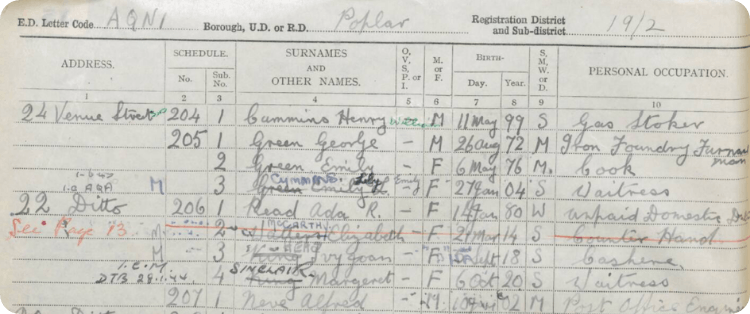
A snippet from the 1939 Register. View this page here.
We've added an immense 117,965 new records to this collection, which were all previously redacted due to privacy laws. If your ancestor's record was previously closed, or if you struggled to find known relatives in this resource, then make sure to check back.
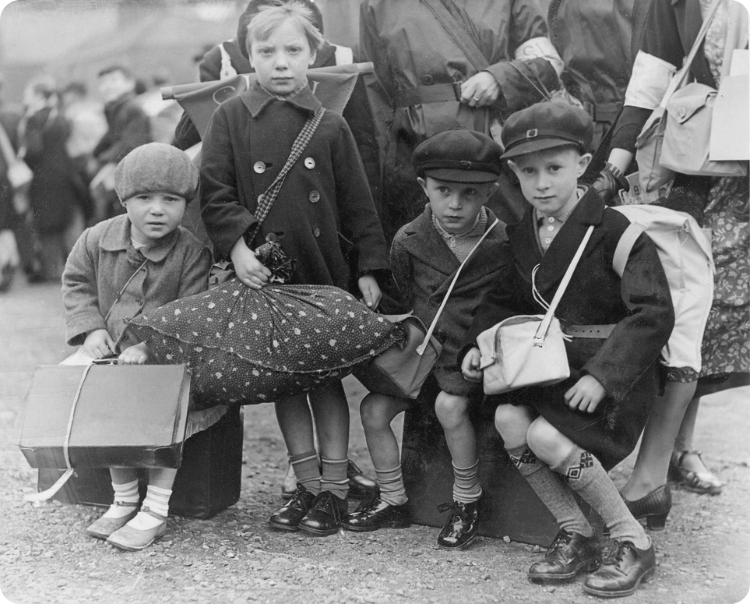
The evacuation of children, pictured in 1939, from the Findmypast Photo Collection.
On 3 September 1939, the United Kingdom declared war on Nazi Germany, and only weeks later, the 1939 Register was taken across the United Kingdom, the Isle of Man and the Channel Islands. The original purpose of the register was to produce national identity cards, and in 1940 it was used to produce ration books.
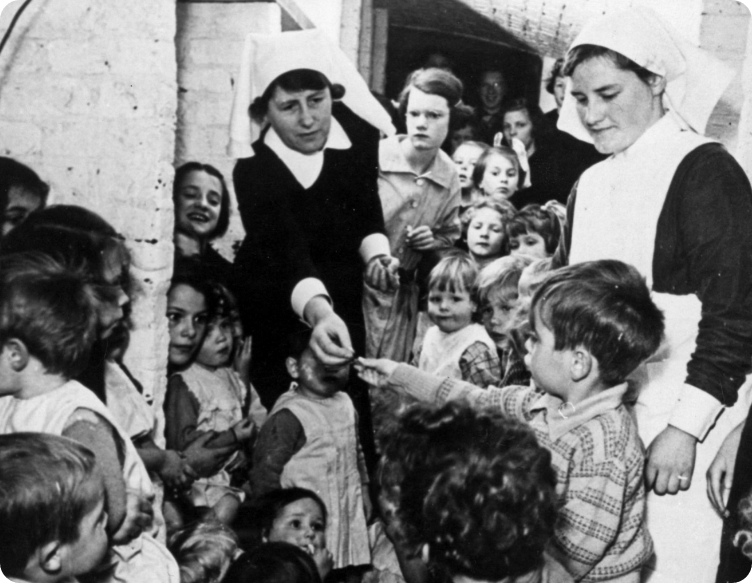
A nurse distributes sweets to children in a shelter, 1939, from the Findmypast Photo Collection.
With the 1931 Census being destroyed in a fire, and of course the 1941 Census not taking place due to the war, the 1939 Register is an incredibly valuable resource in bridging the gap between the 1921 Census and the 1951 Census, which won't be released for another 30 years.
It is also a cornerstone collection in discovering the history of your house, especially for slightly newer builds. The 1939 Register noted rich biographical detail, as well as full addresses and occupations. You can use the 1939 Register to compare with the 1921 Census, particularly if your street name changed, or if the houses weren't numbered until later in the century - a common occurrence as the country tried to rebuild after World War One.

The advanced search screen for the 1939 Register.
The advanced search screen allows you to search the 1939 Register not only by name or birth year, but also by address, occupation, or institution. As well as this, the 'Optional Keywords' field is particularly handy when looking for something which may not be included in the transcription fields, such as a personal disability or even house name. This field analyses all non-numerical data on the record. You can also use our address search, filtering to the 1939 Register.
As well as having more extensive search features, we are the 'official home' of the 1939 Register, and will be the first online resource to release previously-redacted records as they become available. Make sure you check back regularly, and also browse our extra features, such as the historical map search.
Yorkshire Baptisms
We've added over 10,000 new Sheffield baptism records to this index.

A snippet from the Neepsend, Sheffield baptisms.
These new records are from Neepsend, St Michael & All Angels Church, and span 1867 to 1922. You can find the full parish list for this collection here.
These records are likely to give you rich biographical detail, including both parents' names, father's occupation, and address. This can help you flesh out your family tree with more insights into your ancestors' lives.
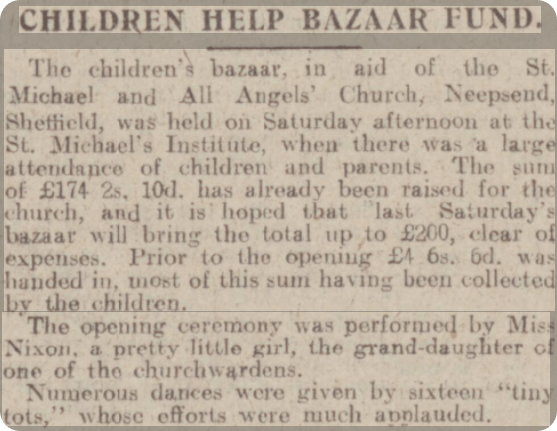
A snippet from the Sheffield Daily Telegraph detailing a fair that occurred at St Michael's & All Angels, 1922.
St. Michael's & All Angels Church was opened in 1867, and closed in 1952, when the Neepsend parish united with Holy Trinity, Wicker. A quick scan of our newspaper archive reveals not only high-profile marriages, funerals and gifts from church officials, but also that it was the focus of a few fundraising events. These small affairs involved dances from widely applauded 'tiny tots', including the granddaughter of one of the church wardens - a small but charming piece of social history.
Northamptonshire Baptisms
Our second most extensive release this week involves over 60,000 baptism records from Northamptonshire, covering 82 churches. These new additions reach as far back as 1538 to 1921, so no matter which generation you're researching, it's definitely worth a browse.
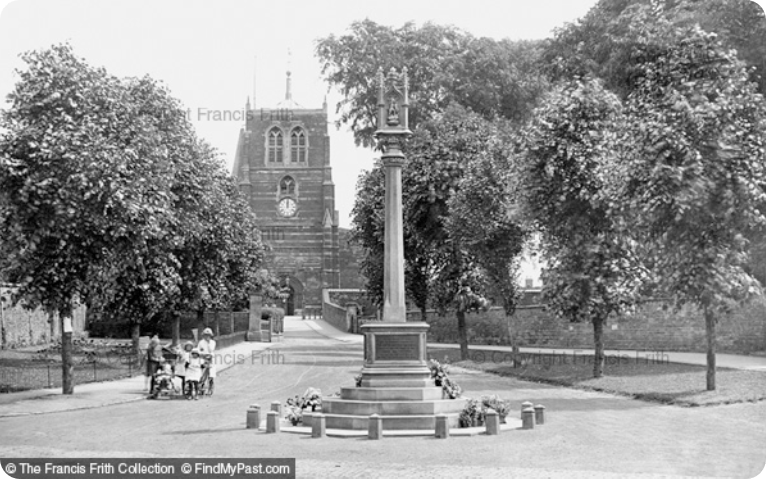
The Holy Trinity Church and Memorial Cross, 1922, from the Francis Frith Collection.
These records will usually give you age, baptism date, both parents' names, and sometimes their denomination.
Northamptonshire is not known as the 'Rose of the Shires' for no reason. In fact, before its industrialisation, it was counted as one of the most pleasant counties in England, due to its dryness and distance from the sea.
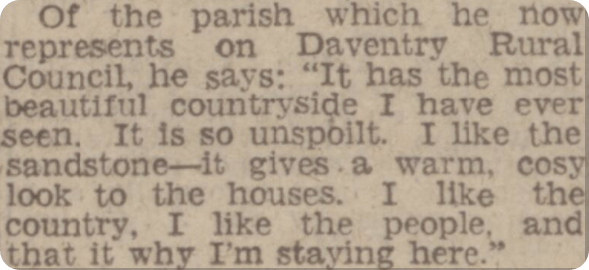
Moore Marriot discusses the beauty of the Northamptonshire countryside in the Northampton Mercury, 1943.
Even after the county's entry into the shoemaking, leather and later the steel industries, much of Northamptonshire's rolling hilltops remain unscathed, presenting the perfect place for a quintessential countryside trip.
What's headlining?
With the addition of nearly 200,000 new pages to 18 updated titles, there's no shortage of social history this week. Discover international news in the Australian and New Zealand Gazette, with additions to the years 1855 and 1864, or discover politics in the commonwealth with an immense 100,000 new pages added to the Civil & Military Gazette (Lahore).
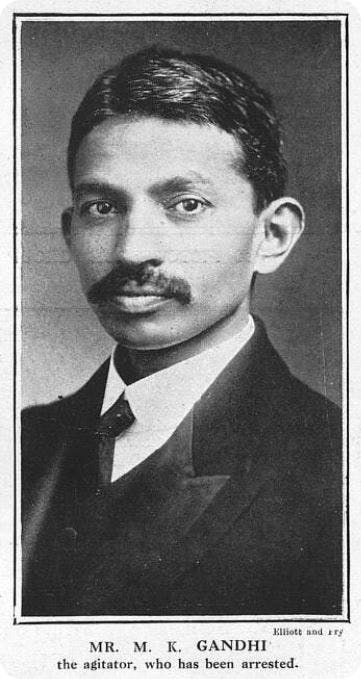
M. K. Gandhi, pictured in The Graphic, 18 March 1922.
Almost a hundred years ago to the day, the Civil & Military Gazette (Lahore) reported on the arrest of Mohandas Karamchand Gandhi, also known by the honorific name Mahatma. He was arrested for sedition - the incitement of a rebellion - after working to achieve the independence of India from the British Empire.
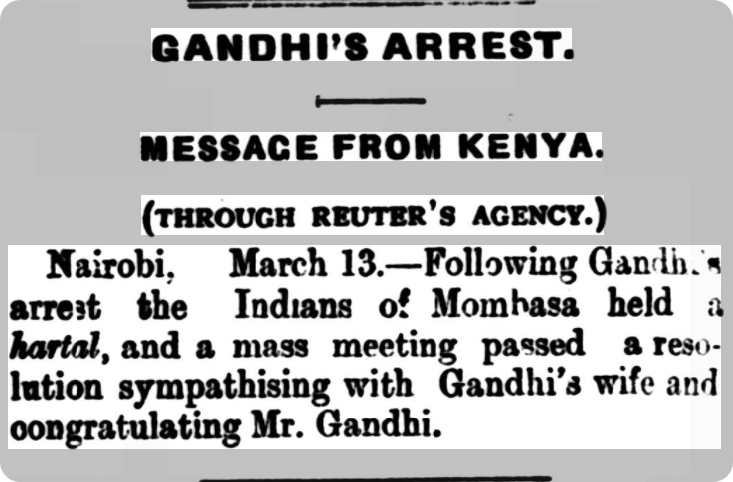
A report on Gandhi's arrest from Kenya, featured in the Civil and Military Gazette, 15 March 1922.
While it reported general contentment from the British public in the face of Gandhi's arrest, it noted that other nations - such as Kenya, pictured above - had more sympathy for his cause. Gandhi was consequently sentenced to six years in prison.
If social history, either international or more local, is where your interests lie, here's the full list of updated titles this week.
Updated titles:
- Australian and New Zealand Gazette, 1855, 1864
- Brentwood Gazette, 1988-1989
- Carmarthen Journal, 1993
- Civil & Military Gazette (Lahore), 1845, 1847-1876, 1913-1928, 1930
- Gloucester Citizen, 1986
- Hammersmith & Shepherds Bush Gazette, 1970, 1972
- Harlow Star, 1986, 1989
- Hinckley Times, 1987
- Ilfracombe Chronicle, 1872
- Kilmarnock Standard, 1987
- Liverpool Daily Post, 1874
- Liverpool Evening Express, 1899
- Macclesfield Express, 1991
- Rutherglen Reformer and Cambuslang Journal, 1887
- Staffordshire Newsletter, 1988
- West Lothian Courier, 1989
- Wishaw Press, 1993
- Wokingham Times, 1993
If you're looking for more ways to become involved with the thriving Findmypast community, check out our Findmypast Forum, and join us every Friday at 4pm British time for our informal live sessions, which discuss the new records of the week, search tips, and more.


